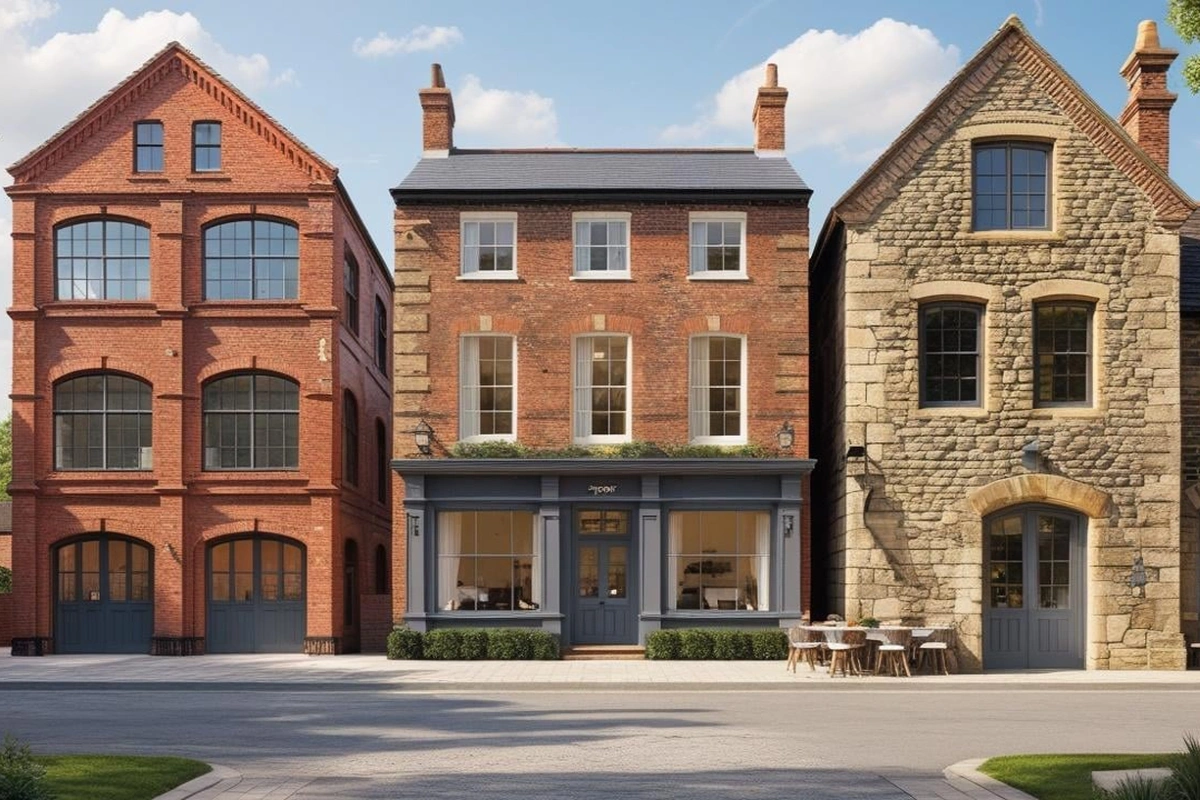Achieving Net Zero targets is paramount, but for historic buildings, it’s not a simple case of installing solar panels and thick insulation. There’s a delicate balance between enhancing energy performance and preserving heritage significance – a balance that demands expertise to ensure both compliance and conservation.
At Archway Heritage, we specialise in bridging this gap, ensuring your historic building project meets both environmental goals and heritage obligations. Here are 5 ways to achieve Net Zero compliance without compromising your cherished asset:
Start with significance and local lists
Before any intervention, understand the heritage significance of your building. This isn’t just about listed status; many local authorities maintain “Local Lists” of heritage assets that, while not statutorily protected, hold significant local value. Their character and embodied carbon make them prime candidates for sensitive retrofit.
Action Point: Conduct a robust Heritage Impact Assessment early in the project.
Master the ‘fabric first’ for performance and preservation
The most effective and compliant path to lower carbon for historic buildings is addressing the fundamental fabric first. This means eliminating draughts, repairing roofs, and applying breathable insulation that works with the building’s traditional construction.
Case Study: The Zetland Road Passive House in Manchester shows what’s possible, achieving a 95% reduction in heating demand in a Victorian townhouse through meticulous fabric improvements, proving that high performance can be achieved without harming heritage.
Integrate renewables respectfully
Modern renewable energy technologies can be incorporated into historic settings, but careful planning and design are crucial for compliance with heritage regulations. The key is often discretion and intelligent placement.
Consider: Gloucester Cathedral’s solar panel installation demonstrates how solar PV can be hidden from view by parapets on a Grade I listed building, showcasing how innovative design allows for significant energy generation while preserving visual amenity.
Embrace whole-life carbon thinking
Compliance isn’t just about operational energy, for example, how much gas/electricity you use. It’s increasingly about whole-life carbon – the carbon embedded in materials, construction, maintenance, and demolition. Reusing existing buildings is inherently compliant with whole-life carbon reduction goals.
Action Point: Prioritise repair over replacement, and reuse materials wherever possible, even salvaged from other projects.
Collaborate early and often
Successful sustainable heritage regeneration relies on effective teamwork. Engage heritage consultants, conservation officers, architects, and specialist contractors from the outset. Early dialogue helps iron out potential conflicts between sustainability aspirations and heritage constraints. This is especially true for industrial heritage, which often presents complex challenges related to scale, former contamination, unique structural systems, and often a need for extensive public access. Early dialogue helps iron out potential conflicts between sustainability aspirations and heritage constraints.
Think: Even smaller community-led projects, such as the regeneration of a local hall, require diverse stakeholders to work together to overcome challenges and ensure both environmental and social success. This work is often supported by the Architectural Heritage Fund.
Navigating Net Zero for historic buildings requires a nuanced, expert-led approach. At Archway Heritage, we provide the specialist knowledge to ensure your project is a compliant, conserved, and truly sustainable success.


No Responses